In the intricate world of business, mastering profit margins is the compass that guides your organization to financial success. However, understanding the nuances between gross profit, net profit, and EBIT (Earnings Before Interest and Taxes) is the secret sauce that separates the savvy entrepreneurs from the rest. In this blog post, we're peeling back the layers to reveal the essence of each, empowering you to navigate the complexities of profit margins with confidence.
Gross Profit
At its core, gross profit represents the money your business retains after deducting the cost of goods sold from your revenue. By breaking down the cost of producing or acquiring your goods or services. This includes raw materials, direct labor, and manufacturing costs. Your gross profit is the reward for your operational efforts, signaling your ability to generate revenue above production costs. This is the first level in understanding if you are making money with what you sell to customers.
Net Profit
While gross profit sets the stage, net profit steals the spotlight by subtracting all operating expenses, taxes, and interest from gross profit. It's the bottom line, reflecting the actual profit your business pockets after all is said and done. The operating expenses are the nitty-gritty of your day-to-day business costs. This includes rent, utilities, salaries, marketing, and other overhead expenses. This can be bundled into a cost and applied to every product sold to understand all of your total costs.
EBIT (Earnings Before Interest and Taxes)
EBIT is another term thrown around by financial people to justify profitability and it is basically earnings before accounting for interest expenses (if you have loans, mortgages, etc) and taxes. It offers a middle ground between gross profit and net profit, providing insights into your operational efficiency and profitability.
EBIT excludes interest and taxes, allowing you to assess your business's core profitability without the influence of financial obligations. It's a powerful metric for evaluating your ability to generate revenue from operations alone. This is a gauge you can use if you choose to help you understand if your organization is operating efficiently or not.
In the realm of profit margins, understanding the differences between gross profit, net profit, and EBIT is the key to financial mastery. Your journey begins with gross profit, the foundation of your financial strength. From there, navigate through the intricacies of operating expenses, taxes, and interest to unveil your net profit. EBIT, straddling the line between gross and net, offers a unique perspective into your operational efficiency.
Armed with this knowledge, you'll be better equipped to make strategic decisions, optimize your profit margins, and pave the way for sustained success in the ever-evolving landscape of business.
Have a great day!
“Businesses wonder why it is still hard to be thought of as the brand of choice with the best customers and top employees. How can our business make more profitable transactions and stay out of the commodity battle with low profits? How can we land and keep top talent in our organization with the salary wars. Kevin teaches your sales and leadership teams how to build the key ingredient to be successful with their relationships and take your goals to the next level with high levels of engagement.
Kevin’s website: www.kevinsidebottom.com
Kevin’s email: kevin@kevinsidebottom.com





















